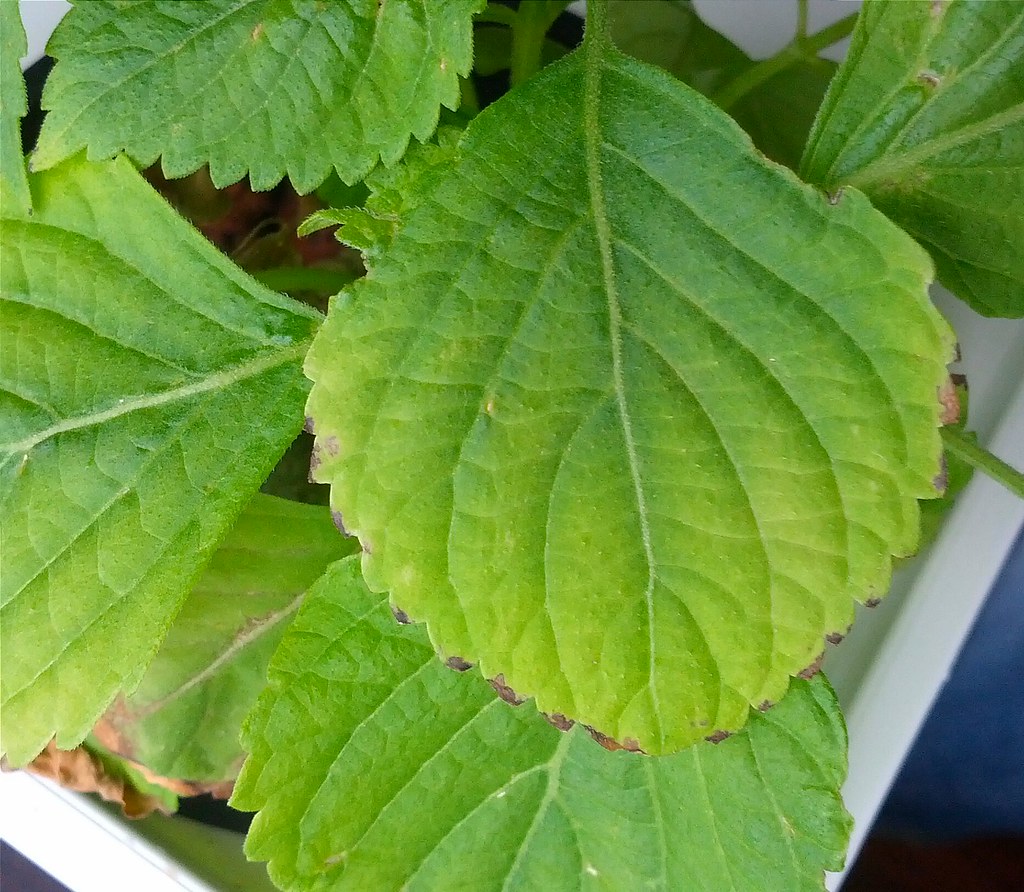Discover the fascinating world of hydroponic gardening, a soilless cultivation method that promises lush, healthy plants all year round. Did you know that hydroponic systems can accelerate plant growth by up to 30% compared to traditional soil gardening? This introduction will guide you through essential tips to ensure your hydroponic garden thrives, from choosing the right nutrients to mastering the art of water management. Embark on a journey to revolutionize your gardening experience with these expert insights.

When venturing into hydroponics, selecting the appropriate system is crucial for your gardening success. Hydroponic systems come in various types, including Wick, Deep Water Culture (DWC), Nutrient Film Technique (NFT), Ebb and Flow (Flood and Drain), Drip Systems, and Aeroponics. Each system operates differently, catering to specific plant types, space availability, and gardener involvement levels.
The pros and cons of each system vary significantly. For instance, the Wick system is excellent for beginners due to its simplicity, but it may not be suitable for larger, nutrient-hungry plants. In contrast, Aeroponics offers rapid plant growth and efficient nutrient usage but requires a higher initial investment and technical knowledge. Assessing each system's advantages and limitations is essential to align with your gardening goals.
Several factors should influence your system selection, including available space, budget, time commitment, and specific plant requirements. Space-efficient systems like NFT or vertical Aeroponics might be preferable for those with limited areas. Budget-conscious gardeners might lean towards a simple DWC or Wick system. Ultimately, understanding your gardening preferences and constraints will guide you to the most suitable hydroponic system.
Setting up a hydroponic garden requires careful planning and the right equipment. Essential supplies include a growing medium (such as Rockwool or clay pebbles), a reservoir, a water pump, air stones or diffusers for oxygenation, nutrients, pH kits, and proper lighting. Choosing quality equipment from the start can save you time and money in the long run.
The setup process begins with assembling your chosen hydroponic system, ensuring all components are clean and functional. Fill the reservoir with water, add nutrients, and adjust the pH to the optimal range for your plants. Next, prepare your growing medium and plant your seeds or cuttings. Install lighting and aeration equipment, then monitor and adjust as needed to maintain an ideal growing environment.
Efficient space utilization is key, especially in smaller areas. Vertical gardening, using trellises, and optimizing your layout can significantly increase your garden's productivity. Consider the mature size of your plants and their light requirements to maximize growth and avoid overcrowding. With thoughtful planning and organization, you can create a highly efficient and productive hydroponic garden in any space.
Maintaining optimal growing conditions in your hydroponic garden is crucial for ensuring the health and productivity of your plants. This involves careful monitoring and adjustment of several key environmental factors, including lighting, water and nutrient levels, and the temperature and humidity of your growing area.
Plants require light for photosynthesis, the process through which they produce energy. In a hydroponic system, providing adequate lighting is essential, especially when natural sunlight is insufficient. Different plants have varying light needs, but most benefit from 14-16 hours of light per day. LED grow lights are a popular choice for hydroponic gardens due to their efficiency and the ability to customize the light spectrum to suit the growth stage of the plants.
Hydroponics is centered around growing plants in a water-based nutrient solution, making water and nutrient management a critical aspect of maintenance. It's important to regularly check the pH and nutrient levels of your solution to ensure they remain within the optimal range for your plants. Automated dosing systems can simplify this process by adjusting the nutrient concentration and pH levels as needed. Additionally, refreshing your nutrient solution every two to three weeks can prevent nutrient imbalances and buildup of harmful substances.
The temperature and humidity of your hydroponic garden can significantly affect plant growth and disease susceptibility. Most plants thrive in temperatures between 65°F and 80°F (18°C and 27°C) and relative humidity levels between 40% and 60%. Using fans, heaters, or air conditioners can help regulate the temperature, while humidifiers or dehumidifiers adjust humidity levels. Monitoring these conditions with a digital thermometer and hygrometer will help you maintain an ideal growing environment for your hydroponic garden.
Even with meticulous planning and maintenance, hydroponic systems can encounter issues that affect plant health and yield. Identifying and addressing nutrient deficiencies is crucial, as plants in hydroponic setups rely entirely on the nutrient solutions provided. Symptoms such as yellowing leaves or stunted growth can indicate a lack of specific nutrients, and adjustments to the solution may be necessary. Pests and diseases can also infiltrate even the most carefully controlled environments. Implementing integrated pest management (IPM) strategies and maintaining strict hygiene practices can help manage these challenges. Additionally, systemic problems like improper pH levels or inadequate aeration can lead to poor plant health. Regular monitoring and adjustments to the hydroponic system can prevent these issues from becoming detrimental to your garden's success.